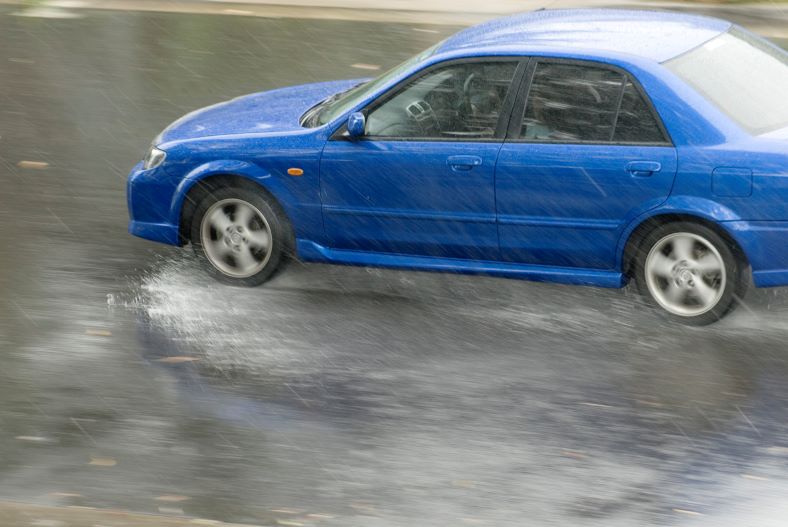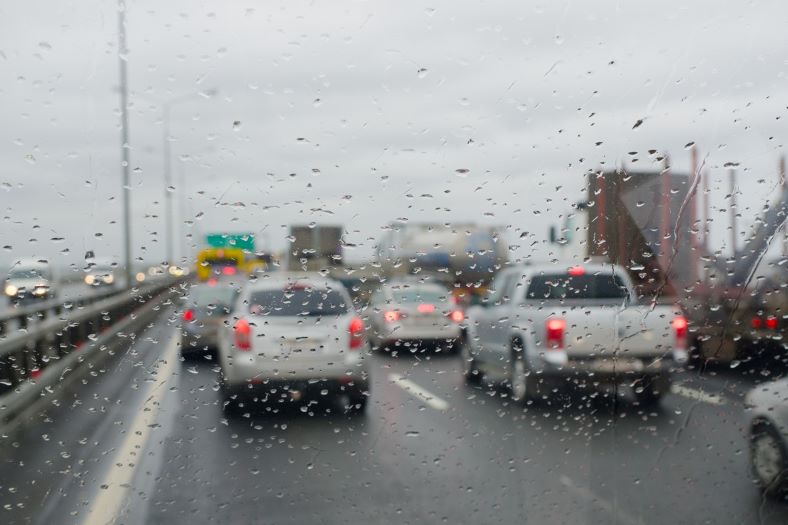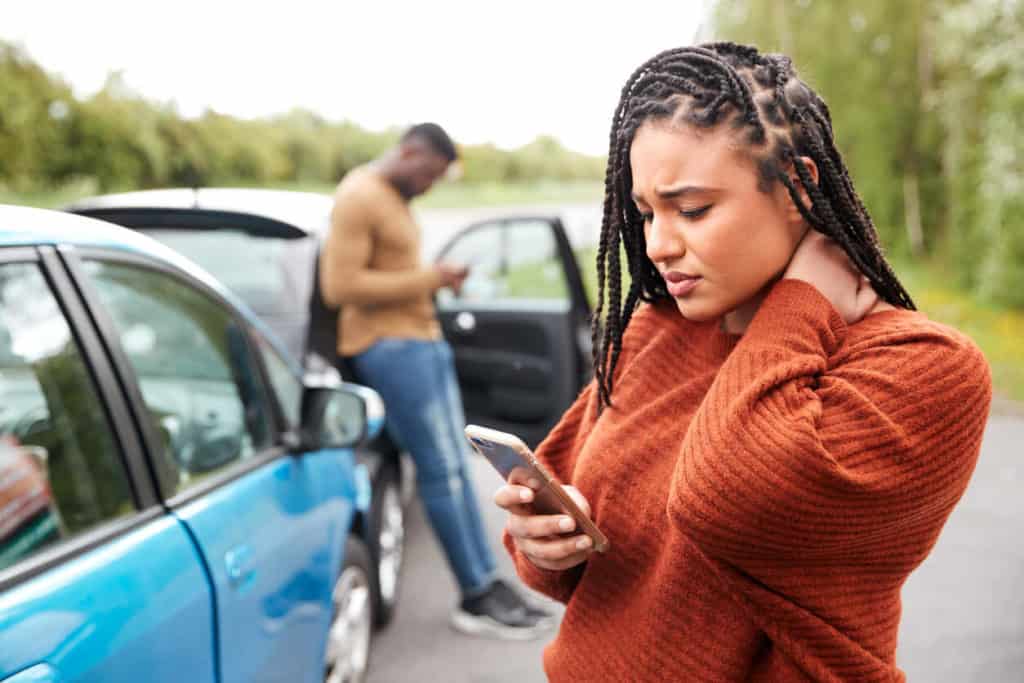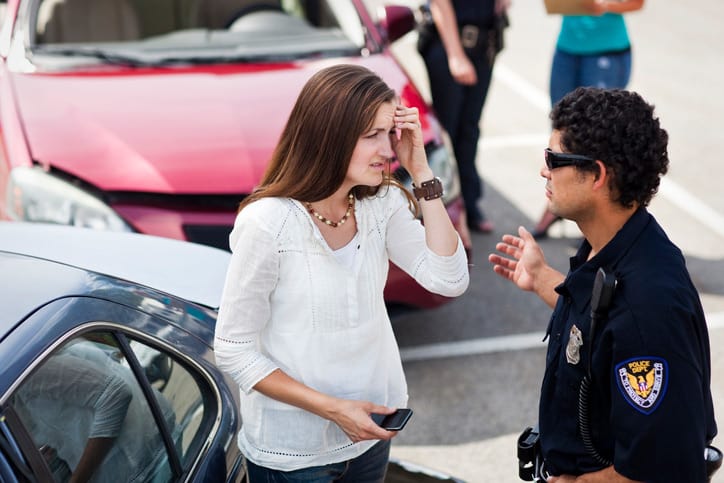April Showers and Car Accidents: 7 Ways to Protect Yourself in the Rain
According to the U.S. Department of Transportation1, 4% of traffic accidents and 2% of fatalities are related to weather and snow. That’s an average of 219,942 crashes per year in the United States.
Knowing how to protect yourself when you’re driving in the rain is important for all drivers on the road. To help, our auto accident lawyers share tips for driving in the rain safely.
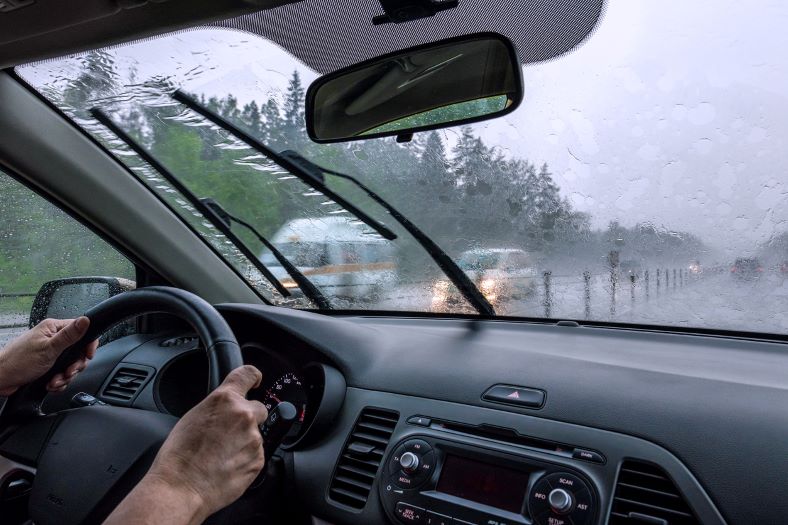
1. Make Sure Your Car Is in Good Condition
Driving in rain is hard enough without a car in good condition. Windshield wipers need to be checked regularly to ensure you have optimal visibility in wet weather conditions. Plus, when traffic can be stop-and-go, it’s important that your brake lights are working.
During the rainy season, specific car maintenance should include:
- Wiper blades
- Front and rear lights
- Tire tread depth and quality
- Brakes
- Suspension
2. Understand Hydroplaning
Hydroplaning2 occurs when a vehicle loses traction with the road and starts to skid on the water slightly above the pavement. It can make the vehicle incredibly difficult to control and stressful for the driver. Be ready for hydroplaning in the rain.
If it occurs, you can take control of your vehicle by taking your foot off the gas and steering in the direction you want to go.
3. Slow Down
According to the Washington Post3, car accidents are 34% more likely to occur in the rain compared to normal driving conditions. This is why it’s important to use common sense and adjust your speed any time there is inclement weather.
Slow down and leave extra time to complete your journey. It may be important to adjust your speed and take extra care in all your driving decisions.
4. Don’t Drive Through Puddles
A puddle can be deceiving—It may seem shallower than it actually is. Heading through it can damage or stall your car and create unsafe conditions for everybody in your vehicle. If you drive through a puddle, you can take your foot off the accelerator and lightly tap your breaks to help dry your rotors.
5. Leave Extra Stopping Distance
An important part of defensive driving is giving yourself time to react. When you leave plenty of room for extra stopping distance, you have time to adjust to the actions of the car in front of you in rainy conditions.
6. Turn Your Lights On
Headlights make it easier for other drivers to see your vehicle, especially when visibility is low due to heavy rain. Don’t use your brights, but make sure your headlights are on even if it’s daytime.
7. Wait It Out
If it’s raining too hard, or if there is a thunderstorm, consider waiting until the weather clears. Sometimes, it’s just not safe to drive. If you’re already on the road, try to pull over to the shoulder or an area where you can park and leave your lights on. Also, stay in your vehicle to protect you from other cars.
How Does Rain Affect Roads?
Rain makes roads slick. In turn, that reduces vehicle traction. When the roads are wet, safe driving is more difficult because vehicles are harder to control. In addition, rain can create potholes. When vehicles push the water into the road, cracks can occur that turn into potholes.
How Does Rain Affect Traffic?
Rain slows traffic and increases accidents. Traffic signals are programmed to operate for normal driving patterns. When vehicles are driving slower because of the weather, the timing of these traffic signals may not be as efficient.
In addition, speed limits are created for ideal driving conditions. In the rain, drivers operate at reduced speeds which may increase total traveling time.
Are You Legally Liable for an Accident in the Rain?
Legal liability based on negligence may apply to a car accident in rain or snow. Drivers should take the weather into account as they determine their speed and following distance.
Car accident fault is based on negligence.
Any important details may be considered when determining negligence, including whether the driver was taking weather conditions into account.
Do You Need a Lawyer for Car Crashes in the Rain?
It’s more dangerous to drive in the rain because of increased difficulty controlling the vehicle on wet roads. The road itself may be obstructed by puddles of water. In addition, rain decreases visibility so the driver takes in less information as they operate their vehicle.
If you’ve been hit from behind with rain as a factor, we invite you to contact the Bachus & Schanker rear-end car accident attorneys to talk about your case.
Sources:
1U.S. Department of Transportation (US DOT). How Do Weather Events Impact Roads? Retrieved 10 March 2022.
2Atiyeh, C. (13 February 2019). Why Your Car Hydroplanes, and What to Do When It Happens. Car and Driver. Retrieved 10 March 2022.
3Samenow, J. (24 April 2019). Study: Rain and snow increase risk of fatal car crashes by 34 percent. The Washington Post. Retrieved 10 March 2022.

